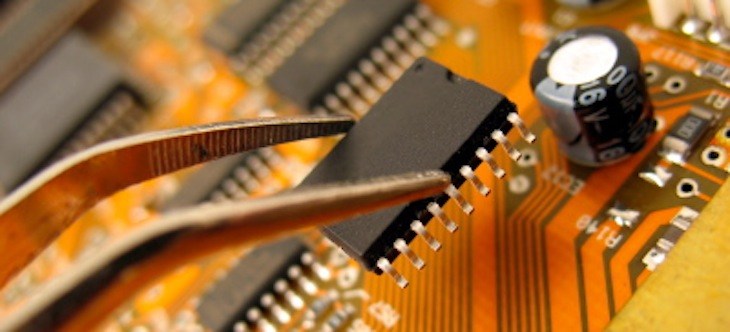Teams selected for NASA Student Launch program
by October 8, 2017 4:12 pm 190 views

NASA’s Student Launch program has selected 23 teams to participate in its rocket production and launch event to be held April 4-8, 2018.
Held near NASA’s Marshall Space Flight Center in Huntsville, Ala., 60 selected middle school, high school and college teams representing 23 states will vie for top honors. The Student Launch teams are participating in the 18th year of the competition that challenges them to design, build, test and fly a high-powered, reusable rocket to an altitude of one mile above ground level while carrying a payload.
Student Launch is managed by the Academic Affairs Office at Marshall to further NASA’s major education goal of attracting and encouraging students to pursue degrees and careers in science, technology, engineering and mathematics (STEM.)
“We’re excited to engage students in hands-on challenges that connect classroom theory to applications in real-world, working environments,” said Katie Veal Wallace, Student Launch manager. “Throughout the process, students interact with NASA scientists and engineers, better preparing them for success in future aerospace and engineering careers.”
During the eight-month process, the selected teams will go through a series of design, test and readiness reviews that resemble the real-world process of rocket development. In addition to building and preparing their rocket and payload, the teams must also create and execute an education and outreach program that will share their work with their communities and help inspire the next generation of scientists, engineers and explorers.
While aiming to reach the one-mile altitude, the rockets must also carry payloads. The college and university teams select one of three payload options to design, test and demonstrate during launch. The choices include an onboard camera system capable of identifying and differentiating targets; a rover that will deploy from the rocket after the rocket lands, move 5 feet and then deploy its own solar cells; or an onboard system that will triangulate the rocket’s landing coordinates based on markers in the recovery zone. Middle and high school teams will design their own scientific or engineering payload.
Interested teams were required to submit a proposal for review by NASA subject matter experts. Teams were then chosen based on description of their rocket, its recovery system, payload, safety and educational engagement plans.
There are no teams from Arkansas. Link here for the list of teams.
